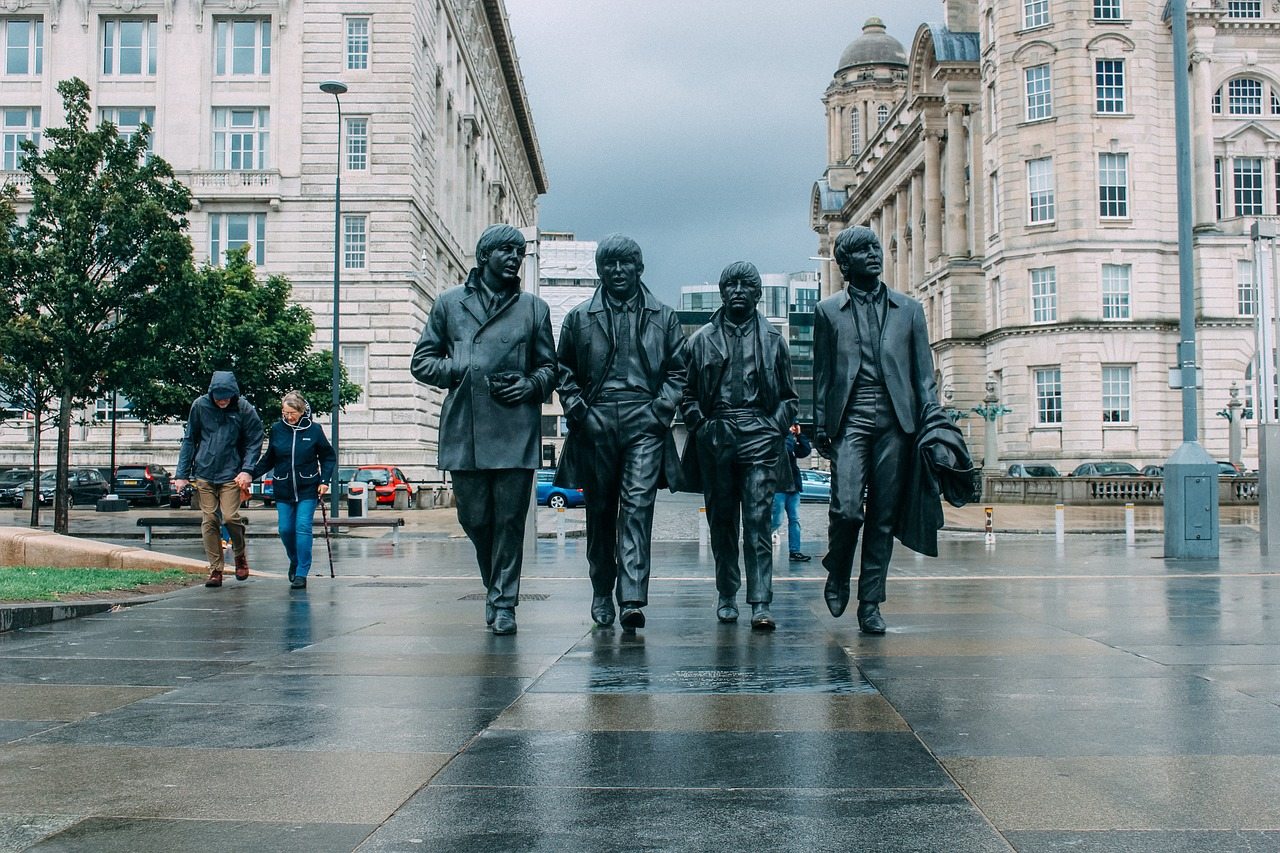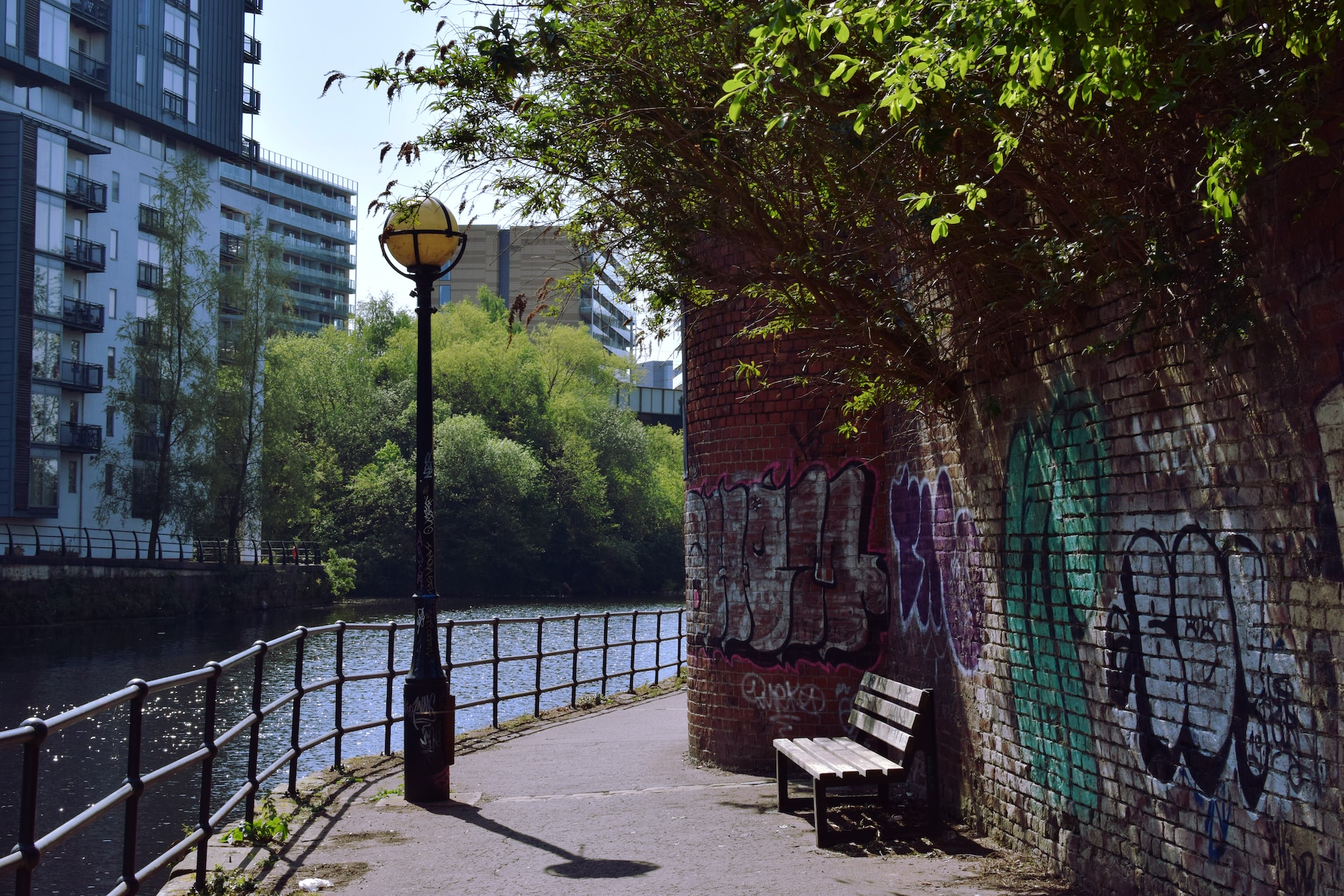London weather is a topic that is often discussed among both locals and visitors to the city. The city is known for its variable and often unpredictable weather patterns, which can make planning a trip or even a day out challenging. However, understanding the typical weather patterns in London can help visitors make the most of their time in the city, whether they are looking to explore the many cultural and historical attractions or simply enjoy the bustling streets and vibrant nightlife.
The climate of London is classified as a temperate maritime climate, which means that the city experiences mild winters and cool summers. This is due to the city’s location on the east coast of England, which is influenced by the warming effects of the Gulf Stream. While the city does not experience the extreme temperatures that are common in other parts of the country, it is still subject to occasional bouts of cold and wet weather.
Rain is a common feature of London weather, with the city experiencing an average of 23.8 inches (608.5 mm) of rainfall per year. This is spread fairly evenly throughout the year, with the wettest months being October and November. However, it is worth noting that the city can experience heavy rain at any time of year, so visitors should always be prepared for wet weather.
The table below shows the average temperature and precipitation for each month in London.
| Month | Low (°C) | High (°C) | Low (°F) | High (°F) | Rain (%) |
|---|---|---|---|---|---|
| January | 2 | 6 | 35.6 | 42.8 | 79 |
| February | 2 | 6 | 35.6 | 42.8 | 76 |
| March | 3 | 8 | 37.4 | 46.4 | 78 |
| April | 4 | 9 | 39.2 | 48.2 | 70 |
| May | 6 | 11 | 42.8 | 51.8 | 62 |
| June | 8 | 13 | 46.4 | 55.4 | 64 |
| July | 10 | 15 | 50 | 59 | 58 |
| September | 8 | 13 | 46.4 | 55.4 | 62 |
| October | 6 | 10 | 42.8 | 50 | 74 |
| November | 4 | 8 | 39.2 | 46.4 | 83 |
| December | 3 | 6 | 37.4 | 42.8 | 80 |
When it comes to determining the best time of year to visit London, it ultimately comes down to personal preference and the type of activities you plan to do. For those who enjoy milder temperatures and longer daylight hours, the months of May to September are generally considered the best time to visit. The weather during these months is typically mild, with temperatures averaging between 10-15 °C (50-59 °F), and plenty of sunshine. It’s a perfect time to enjoy outdoor activities such as picnics in the park or visiting London’s many rooftop bars.
However, if you’re looking to experience the true spirit of London and all it has to offer, consider visiting during the winter months. While the weather can be cold and wet, the city is still bustling with activity and there are plenty of indoor activities to enjoy, such as visiting museums, galleries, and shopping at Christmas markets.
If you’re interested in London’s cultural scene, consider planning your visit around one of the city’s many festivals, such as the Notting Hill Carnival, which takes place in August, or the London Film Festival in October. These events offer a unique opportunity to experience the city’s vibrant culture and diverse communities.
In summary, London weather can be unpredictable, but by understanding the typical weather patterns and planning accordingly, visitors can make the most of their time in the city. Whether you prefer warmer temperatures and longer daylight hours, or the excitement of the holiday season, there is something for everyone to enjoy in London. The best time to visit ultimately comes down to personal preference and the type of activities you plan to do.



